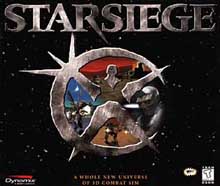
Earth 2150, also known as Earth 2150: Escape from the Blue Planet, is a real-time strategy game, originally published in 2000 by SSI and Polish developer Reality Pump and a sequel to Earth 2140. 2150 was one of the first commercial full-3D games of its kind. A sequel to Earth 2150, Earth 2160, was published in August 2005. The game also has two stand-alone expansion packs: Earth 2150: The Moon Project, and Earth 2150: Lost Souls.

Starsiege: Tribes is a first-person shooter video game. It is the first of the Tribes video game series and follows the story from Metaltech: Earthsiege and Starsiege. It was developed by Dynamix and published by Sierra On-Line in 1998. An expansion pack, Tribes Extreme, was cancelled; it was supposed to add single-player missions, multiplayer maps, and bot AI.
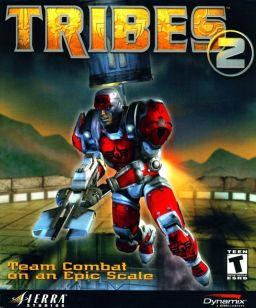
Tribes 2 is a first-person shooter multiplayer video game developed by Dynamix and published by Sierra On-Line in 2001 as a sequel to Starsiege: Tribes.
Tribes is a series of five science fiction first-person shooter video games released between 1998 and 2024. The game plot is set in the far future. The series includes Starsiege: Tribes, Tribes 2, Tribes: Aerial Assault, Tribes: Vengeance, Tribes: Ascend, and Tribes 3: Rivals. Tribes is a spin-off series from the mecha simulation series Metaltech.
Dynamix, Inc. was an American developer of video games from 1984 to 2001, best known for the flight simulator Red Baron, the puzzle game The Incredible Machine, the Front Page Sports series, Betrayal at Krondor, and the online multiplayer game Tribes.

Red Baron II is a video game for the PC, developed by Dynamix and published by Sierra On-Line. It is the follow-up to the flight simulation Red Baron, released in 1990. Red Baron II was released in December 1997. A patch was released in 1998 that added support for 3D acceleration and renamed the game to Red Baron 3D. Red Baron 3D was also released as a retail product.
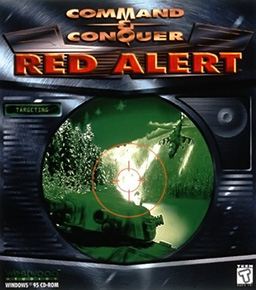
Command & Conquer: Red Alert is a real-time strategy video game in the Command & Conquer franchise, developed and published by Westwood Studios in 1996. The second game to bear the Command & Conquer title, Red Alert is the prequel to the original Command & Conquer of 1995, and takes place in the alternate early history of Command & Conquer when Allied Forces battle an aggressive Soviet Union for control over the European mainland.
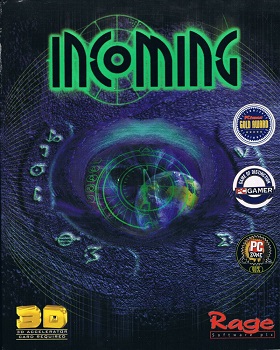
Incoming is a 3D shooter video game developed and published by Rage Software. The game was first released for Microsoft Windows in mid-1998, and was followed by a Dreamcast version, which was released in Japan on December 17, 1998, in Europe on October 14, 1999, and in North America on September 15, 1999. Set in the near-future of 2009, the game primarily revolves around controlling vehicles and turrets to fight alien invaders of Earth in one of the campaign modes, the arcade mode, and with or against another player. Some levels include brief real-time strategy segments.

Return to Krondor is a role-playing video game set in Raymond Feist's fictional fantasy setting of Midkemia. A sequel to 1993's Betrayal at Krondor, it was released for Windows on the PC in time for the 1998 Thanksgiving and Christmas season. Within the game, the player commands a group of heroes with different attributes, strengths, and weaknesses which the player may upgrade over the course of the game.

Metaltech: Earthsiege is a mecha-style simulation video game developed by Dynamix and released in 1994.

Earthsiege 2 is a mech-style vehicle simulation game developed by Dynamix, produced by Frank Evers (NYPH), and released in 1996. Earthsiege 2 is set in the Earthsiege universe, which contains its predecessors Earthsiege (1994) and Battledrome (1995), as well as the action game Hunter Hunted (1996), strategy games MissionForce: CyberStorm (1997) and Cyberstorm 2: Corporate Wars (1998), simulation Starsiege (1999), and first-person shooters Starsiege: Tribes (1999), Tribes 2 (2001), Tribes: Aerial Assault (2002), Tribes: Vengeance (2004) and Tribes: Ascend (2012).

MechWarrior 4: Vengeance is a vehicle simulation game, developed by FASA Interactive and published by Microsoft. It was released on November 22, 2000. It is the fourth game in MechWarrior series. It takes place in BattleTech universe where the pinnacle of all war machines are huge, heavily armed robots called BattleMechs. The player pilots one of these "'Mechs" and uses variety of available weapons to battle enemy 'Mechs, tanks and other vehicles. An expansion pack, MechWarrior 4: Black Knight, was released in 2001, and a subsequent stand-alone expansion, MechWarrior 4: Mercenaries, was released on November 7, 2002. Two smaller expansions, Inner Sphere Mech Pak and Clan Mech Pak, were also released in 2002.

MechWarrior 3 is a vehicle simulation game, part of the MechWarrior series. It featured a new 3D accelerated graphics engine at the time of its release. The game contains over 20 missions, with access to 18 different mechs. A novelization called Trial Under Fire was written by Loren L. Coleman.
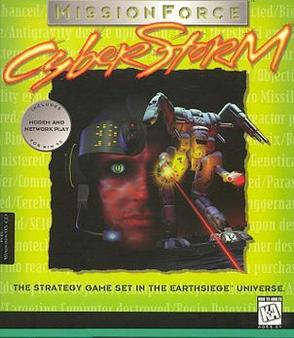
MissionForce: CyberStorm is a turn-based strategy game developed by Dynamix and published in 1996 by Sierra On-Line. The game is set in the Metaltech universe created by Dynamix, and the player control units of HERCULANs : bipedal warmachines of varying size and construct, more commonly known as HERCs. Although CyberStorm was a limited commercial success, it sold well enough to spawn a 1998 sequel called CyberStorm 2: Corporate Wars. It was digitally released by Activision on July 23, 2019 on GOG.com.

Hunter Hunted is a side-scrolling action computer game developed by K.A.A. and published by Sierra On-Line on November 8, 1996. The player controls a humanoid creature who fights enemies, completes objectives, and tries to find the hidden exit in each level. Of the two, Garathe possesses superior strength and stamina, while Jake can take advantage of more sophisticated weaponry.
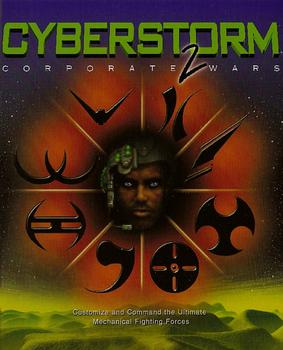
CyberStorm 2: Corporate Wars is a turn-based and real-time strategy game developed by Dynamix and released in 1998 as a sequel to MissionForce: CyberStorm. It was published by Sierra On-Line.

Hi-Rez Studios is an American video game developer and publisher. The company was established in 2005 by Erez Goren and Todd Harris. Hi-Rez Studios' games include the squad-based shooter Global Agenda, the critically acclaimed Tribes: Ascend, the third-person MOBA Smite, the hero shooter Paladins, and the third-person shooter Rogue Company. In 2012, Hi-Rez Studios was recognized as a Top 30 Video-Game Developer by Game Developer Magazine and Gamasutra. Hi-Rez are the current owners of the Metaltech license, including Battledrome, Earthsiege, Starsiege, the CyberStorm series, and the Tribes series. With the exception of Battledrome and CyberStorm, the games were released as freeware by Hi-Rez on October 30, 2015.
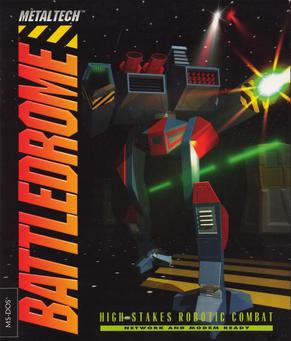
Metaltech: Battledrome is a mecha-style simulation video game in the Metaltech series developed by Dynamix and released in 1994. It was published alongside its companion game Earthsiege and shares roughly the same gaming mechanics and strategy but takes place in a completely different setting.

Heavy Gear II is a mecha based first-person shooter video game. Set in Dream Pod 9's Heavy Gear universe, the game was developed and published by Activision in 1999 for Microsoft Windows; it was ported to Linux in 2000 by Loki Software. It is a sequel to the 1997 video game Heavy Gear.

Steel Panthers III: Brigade Command 1939–1999 is a 1997 computer wargame developed and published by Strategic Simulations, Inc. It is the third game in the Steel Panthers series, following Steel Panthers (1995) and Steel Panthers II: Modern Battles (1996). Like its predecessors, it was designed by Gary Grigsby and Keith Brors.
